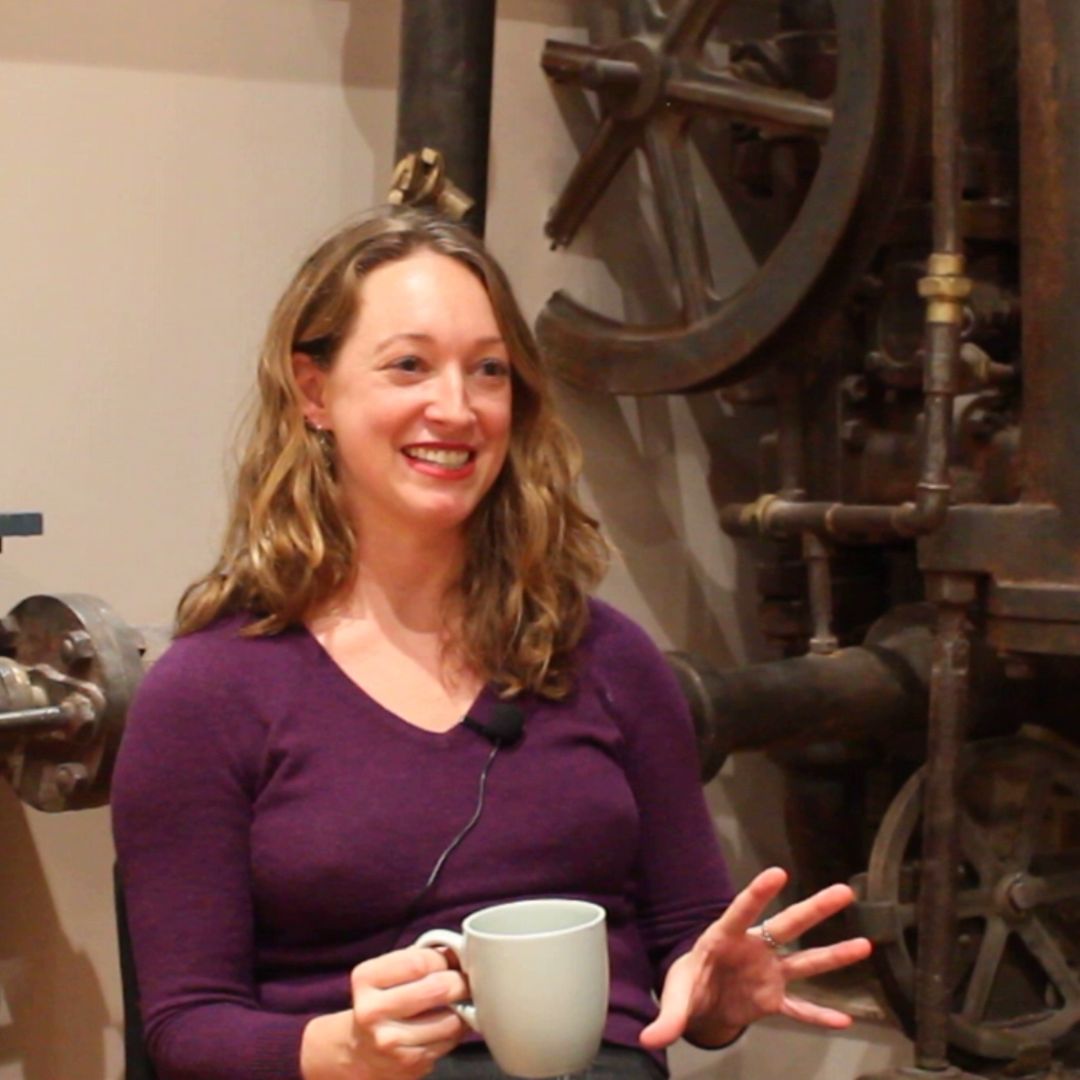We’ve all watched TV or been to the cinema, that’s pretty much a given. We’ve watched, re-watched and binged. But most of us don’t tend to think about what happens behind the scenes. Who produces, who edits and who subtitles? That’s where I come in. I spend my days working first hand with content, software and director’s style guides to provide foreign, deaf and hard-of-hearing viewers with the best viewing experience possible.
There are so many misconceptions about what it is I “actually do”. Actually, the most common question I’m asked is, “what is it you actually do?”. For those who have wondered what goes on in the post-editing stage or how you end up working self-employed as a subtitler, I have answered the questions that I am constantly faced with as an Audiovisual Translator.
So can you type really fast?
The answer is no. It’s crazy that most people I’ve spoken to about subtitling believe that I’m doing it along with the person who is watching, without the opportunity to pause, re-watch or adjust. The process, for the most part, is much different. I receive the content prior to it’s air or upload date and have time to work on it. As well as the translation or transcription, I am in charge of all technical aspects of the subtitles and I contend with rigorous guidelines, set by media companies, on a daily basis. Turn around times and content varies, but the process always remains the same.
How do you get into an industry like that?
Originally, I went to Heriot Watt University in Edinburgh to complete an MA in Spanish Translation. Subtitling is not the natural progression, given how large the translation sector is, but I have always been interested in media. So, after teaching myself the basics, I secured my first big contract with an online streaming service. I immediately fell in love with the work I was doing, so I decided to move to London and tackle a Masters in Audiovisual Translation. London is a lonely place when you work from home, so when I moved back, I really fancied moving into a more social environment.
Who are your clients?
The worst thing about my job is the fact that I have to hold my tongue when it comes to big clients, new releases and exciting collaborations. All I can say is my clients tend to be media companies, TV and film studios and online streaming services.
Why The Flour Mill?
Working at home just did not work for me. I couldn’t be productive enough there and spent a lot of time doing my washing or cooking dinner during the working day. For me, The Flour Mill is a community-based environment. I was keen to be somewhere that I could fulfil the social aspect that I knew my working life was lacking. The fact that I can network and had the opportunity to take part in the Acorn Business Accelerator Programme that took place in the mill at the end of last year meant that I have been able to grow my business, expand my network and, most importantly, get my motivation back.




